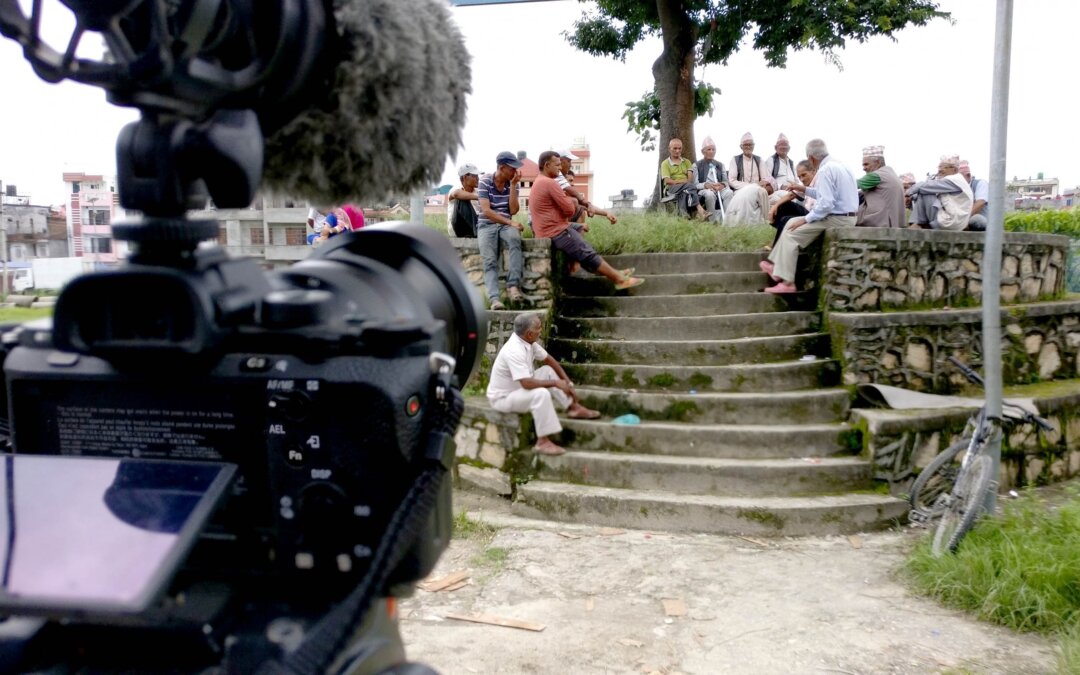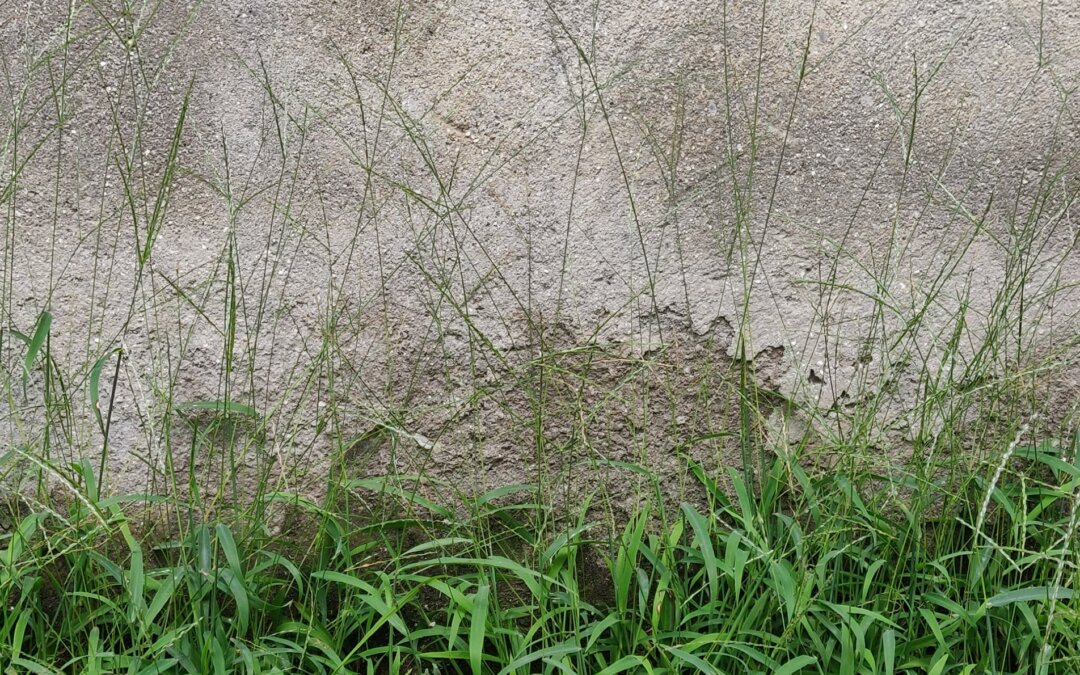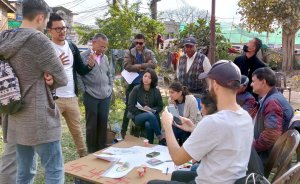
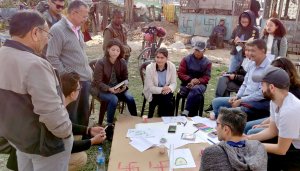
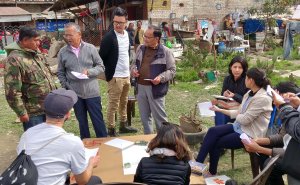
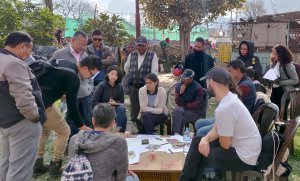
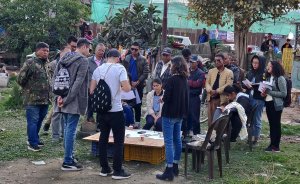
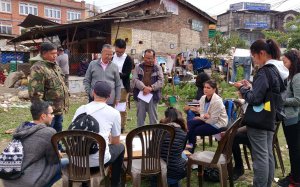
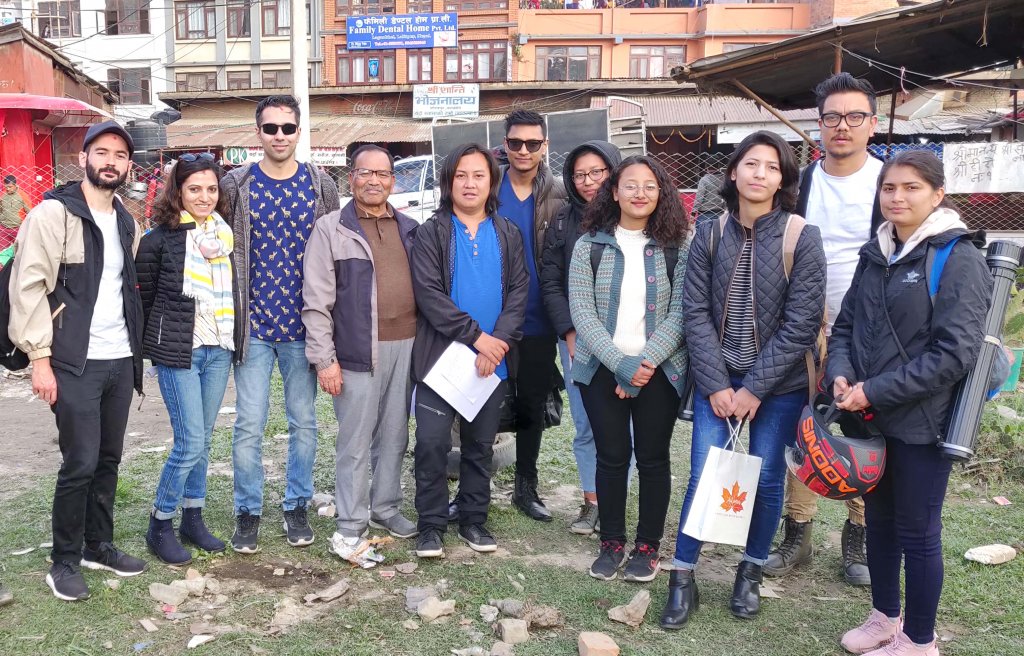
CO – DESIGN
In my desire to intermix arts with social science, I turn towards the participatory methodologies to build empathy and capacity. One person/discipline cannot make sense of complex situations, so it is vital to connect skills and resources for knowledge production. Co-design is tied to my creative praxis, i.e. becoming radical and pragmatic in the face of complex socio-political, environmental, educational, and technological issues surrounding it.
To co-ordinate and bring people together in a hectic city is a tough task but that doesn’t mean we should ignore co-design principles. I kept going back to the community and convened meetings of residents, business owners, and people from diverse backgrounds.
I called for a co-design to elicit a deeper interaction between practitioners and the community’ of place/interest. We encouraged their participation respecting them as equal partners in the design process. We assembled on the actual ground that we are trying to revamp in a way that would reflect the community’s effort. We needed a table to carry out our work. Participants burrowed 4 baskets from the shops nearby and placed cardboard (found object) on top of it, we had our workshop ready. This prompt solution is also part of co-design. Ar. Angela brought chart papers and sign pen colors. The community members arranged chairs for the participants.
A team of architects, volunteers, landscape architects from Germany, Portugal immersed as facilitators or enablers to inject the right processes and tools to enable everyone’s ability to engage in co-design practices which is a sort of ‘abductive’ way of producing knowledge. The notion of abduction was introduced by the American philosopher Charles Sanders Peirce.
Exploring the challenged areas and providing reflections and solutions can incite critical thinking whilst transforming the interaction and experiences. Thus the objective of this design activism is to produce ‘ambassadors’ of socio-technical design that sees the current challenges as opportunities to elicit future aspirations.
Participants made drawings based on the interaction with the community. Some of the members did rough sketches of how they want the park to look. We analyzed, synthesized, and summarized the ideas generated from the activities. Participants also pointed out their thoughts on inclusivity and social integration. We will translate the expressed needs into design solutions. The refined conceptual ideas will be further discussed.
Through this engagement, we learned about the wealth of history, and the cultural significance of this place. They told us about their confrontation with land mafias to protect this land. We thanked them for that. Some of the requirements made by the community were water features because Lagankhel for many years used to be a source of water for the surrounding areas, but all the water sources have dried due to reckless developments.
Similarly, a fence for the safety of the park was requested. Dismissing people’s like and dislike are not helpful. It’s important to listen and find out the underlying desires and try multiple solutions to address those needs in an actionable and satisfying way. We proposed hedges or mounds to create a natural border rather than a solid fence. This would make the place welcoming an oasis with multiple entrances. The locals largely agreed with the nature bases ideas. I talked about the importance of biodiversity and co-existence with the ‘more-than-human’ others with whom we share the planet.
Buddhi Bajra Bajracharya , a senior member of the community expressed his thanks to all the technical participants while the community members are looking forward to the creation of the park and admitted for its maintenance.
I often use mobile cameras, audio recorders, and frank conversations to document the process and probe meanings and emotions that are usually implicit. I see this co-design, not as the end product but an explorative step towards the development of collective effort that shapes the landscape of co-design. I find the value and purpose of art in it.

